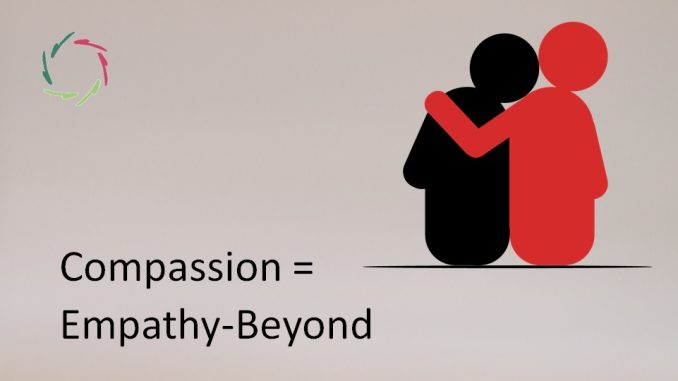
Introduction
Welcome to our blog post exploring the captivating influence of literature on empathy and compassion in education. In today’s fast-paced world, fostering a sense of empathy and compassion has become more crucial than ever. And what better way to instill these qualities in students than through the power of literature?
Literature has always had a profound impact on society, shaping perspectives, inciting emotions, and igniting change. From classic novels to contemporary works, stories have the incredible ability to transport us into different worlds, walk in someone else’s shoes, and open our hearts to new experiences.
In this article, we will delve into how educators can harness the transformative power of literature to nurture empathy and compassion among middle schoolers and high schoolers. We’ll explore practical strategies for planning lessons that promote empathy through literature while also uncovering the research behind this approach.
But that’s not all! We will also venture into another exciting realm – children’s literature. We’ll examine how quality children’s books can enhance compassion and empathy within classroom settings. So whether you’re an educator looking for innovative teaching methods or simply interested in understanding the impact of literature on emotional development – this article is tailored just for you!
So grab your favorite cuppa tea (or coffee!) as we embark on a journey through pages filled with imagination, emotion, and most importantly – empathy! Let’s dive right in!
Fostering Empathy Through Literature (Middle School & High School)
Fostering empathy is a crucial aspect of education, and literature can play a powerful role in nurturing this important quality in middle school and high school students. By exploring different perspectives, characters’ emotions, and the complexities of human experiences through literature, students are able to develop a deeper understanding of others.
One way to foster empathy through literature is by carefully planning for it. Teachers can select books that address diverse themes and include characters from various backgrounds. This allows students to engage with stories that reflect the world around them and encourages them to see things from different points of view.
Incorporating discussions into classroom activities is another effective strategy. Encouraging students to share their thoughts and feelings about the characters’ experiences helps them connect emotionally with the story. These discussions also provide an opportunity for students to practice active listening skills as they engage with their peers’ perspectives.
Research supports the idea that reading literary fiction enhances empathy in readers. Studies have shown that exposure to narratives involving complex character development can increase individuals’ ability to understand others’ emotions and motivations. By incorporating these findings into our teaching practices, we can leverage literature’s potential as a tool for fostering empathy among our students.
So if you’re looking for ways to cultivate empathy in your middle school or high school classroom, consider incorporating more diverse literature selections into your curriculum. The power of storytelling has immense potential when it comes to shaping young minds and promoting compassion towards others!
Planning For It
When it comes to fostering empathy through literature in the classroom, planning is key. Teachers need to carefully select books that have strong themes of empathy and compassion woven into their narratives. Look for stories that tackle important social issues, explore diverse perspectives, and highlight the experiences of marginalized groups.
To effectively plan for incorporating literature-based empathy lessons, educators should consider the age and maturity level of their students. Middle schoolers might benefit from reading novels that deal with bullying or friendship, while high schoolers could delve into more complex topics like discrimination or social justice.
Once you have chosen the appropriate texts, think about how to structure your lessons around them. Consider incorporating group discussions, journaling activities, or even role-playing exercises to help students connect with the characters and reflect on their own feelings and experiences.
It’s also important to create a safe space where students feel comfortable sharing their thoughts and emotions. Encourage open dialogue by modeling empathetic behavior yourself – listening actively without judgment and validating different perspectives.
Remember that planning for empathy-building through literature is an ongoing process. Continuously assess student feedback and adjust your lesson plans accordingly. By prioritizing thoughtful selection and intentional teaching strategies, you can create a rich learning environment where empathy flourishes naturally among your students.